North Carolina's 2nd congressional district
NOTE: This district's boundaries were changed in 2016. This map is not presently accurate.
| North Carolina's 2nd congressional district | ||
|---|---|---|
.tif.png) | ||
| Current Representative | Renee Ellmers (R–Dunn) | |
| Distribution | 49.45% urban, 50.55% rural | |
| Population (2000) | 619,178 | |
| Median income | $36,510 | |
| Ethnicity | 61.8% White, 30.4% Black, 0.6% Asian, 7.9% Hispanic, 0.9% Native American, 0.3% other | |
| Cook PVI | R+11[1] | |
North Carolina's 2nd congressional district is located in the central and eastern parts of the state. Today, the district, which is represented by Republican Rep. Renee Ellmers, includes all or parts of Alamance, Chatham, Cumberland, Harnett, Hoke, Lee, Moore, Randolph and Wake counties.
Established by the state legislature after the American Civil War, the district was known as "The Black Second;" counties included in the district were mostly majority-black in population. All four of North Carolina's Republican African-American congressmen elected in the post-Civil War era (ending with George Henry White) represented this district,[2][3] as did white yeoman farmer Curtis Hooks Brogden of Wayne County, a Republican ally of former Governor William Woods Holden.
After North Carolina Democrats regained control of the state legislature in the 1870s (using intimidation by the Red Shirts and other paramilitary groups to reduce the number of blacks voting), they passed voter registration and electoral laws that restricted voter rolls. Blacks continued to get elected to local and state offices. The state legislature passed a new constitutional amendment in 1900, which effectively disfranchised blacks altogether.[4] This ended the election of blacks to local, state or Congressional offices until after passage of federal civil rights legislation in the mid-1960s, which enforced constitutional voting rights.
Thousands of blacks migrated north from the state in the Great Migration during the first half of the twentieth century, seeking job opportunities and education. By the later twentieth century, before the 1990s, the 2nd district was roughly 40% black. While it had the highest percentage of black residents of any congressional district in North Carolina, African-American candidates were unable to get elected to Congress from the majority-white district.
State redistricting following census changes led to the creation of the black-majority 1st and 12th districts and drew off some black population from the 2nd. Today the proportion of African-American residents is about 30.4% in the 2nd District.
List of representatives
| Representative | Party | Years | District Residence | Note | |
|---|---|---|---|---|---|
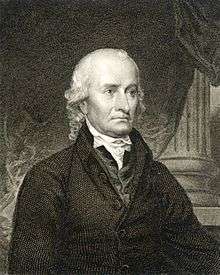 Hugh Williamson Hugh Williamson |
Anti-Administration | March 19, 1790 – March 3, 1791 | Redistricted to the 4th district | ||
 Nathaniel Macon Nathaniel Macon |
Anti-Administration | March 4, 1791 – March 3, 1793 | Redistricted to the 5th district | ||
 Matthew Locke Matthew Locke |
Anti-Administration | March 4, 1793 – March 3, 1795 | Lost re-election | ||
| Democratic-Republican | March 4, 1795 – March 3, 1799 | ||||
 Archibald Henderson Archibald Henderson |
Federalist | March 4, 1799 – March 3, 1803 | |||
 Willis Alston Willis Alston |
Democratic-Republican | March 4, 1803 – March 3, 1815 | Redistricted from the 9th district | ||
 Joseph H. Bryan Joseph H. Bryan |
Democratic-Republican | March 4, 1815 – March 3, 1819 | |||
| Vacant | March 4, 1819 – December 5, 1819 | ||||
 Hutchins G. Burton Hutchins G. Burton |
Democratic-Republican | December 6, 1819 – March 3, 1823 | Resigned after being elected Governor of North Carolina | ||
| Crawford D-R | March 4, 1823 – March 23, 1824 | ||||
| Vacant | March 24, 1824 – January 18, 1825 | ||||
 George Outlaw George Outlaw |
Crawford D-R | January 19, 1825 – March 3, 1825 | Bertie | ||
 Willis Alston Willis Alston |
Jacksonian | March 4, 1825 – March 3, 1831 | Halifax | ||
 John Branch John Branch |
Jacksonian | May 12, 1831 – March 3, 1833 | |||
 Jesse A. Bynum Jesse A. Bynum |
Jacksonian | March 4, 1833 – March 3, 1837 | Halifax | ||
| Democratic | March 4, 1837 – March 3, 1841 | ||||
 John Daniel John Daniel |
Democratic | March 4, 1841 – March 3, 1843 | Halifax | Redistricted to the 7th district | |
 Daniel M. Barringer Daniel M. Barringer |
Whig | March 4, 1843 – March 3, 1847 | Redistricted to the 3rd district | ||
 Nathaniel Boyden Nathaniel Boyden |
Whig | March 4, 1847 – March 3, 1849 | Salisbury | Retired | |
 Joseph P. Caldwell Joseph P. Caldwell |
Whig | March 4, 1849 – March 3, 1853 | Statesville | Retired | |
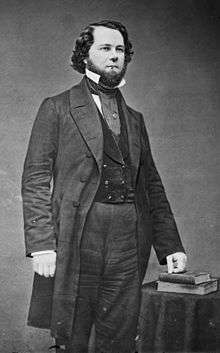 Thomas H. Ruffin Thomas H. Ruffin |
Democratic | March 4, 1853 – March 3, 1861 | |||
| Civil War and Reconstruction | |||||
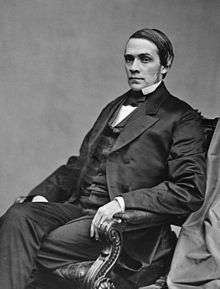 David Heaton David Heaton |
Republican | July 25, 1868 – June 25, 1870 | Died | ||
| Vacant | June 26, 1870 – December 4, 1870 | ||||
 Joseph Dixon Joseph Dixon |
Republican | December 5, 1870 – March 3, 1871 | Retired | ||
 Charles Thomas Charles Thomas |
Republican | March 4, 1871 – March 3, 1875 | Lost renomination | ||
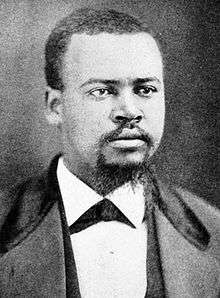 John A. Hyman John A. Hyman |
Republican | March 4, 1875 – March 3, 1877 | Lost renomination to immediate past governor | ||
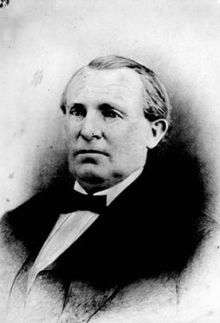 Curtis H. Brogden Curtis H. Brogden |
Republican | March 4, 1877 – March 3, 1879 | Wayne | Retired | |
 William H. Kitchin William H. Kitchin |
Democratic | March 4, 1879 – March 3, 1881 | Lost re-election | ||
 Orlando Hubbs Orlando Hubbs |
Republican | March 4, 1881 – March 3, 1883 | New Bern | Retired | |
 James E. O'Hara James E. O'Hara |
Republican | March 4, 1883 – March 3, 1887 | Lost re-election | ||
 Furnifold M. Simmons Furnifold M. Simmons |
Democratic | March 4, 1887 – March 3, 1889 | Lost re-election | ||
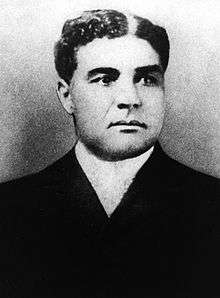 Henry P. Cheatham Henry P. Cheatham |
Republican | March 4, 1889 – March 3, 1893 | Vance | Lost re-election | |
 Frederick A. Woodard Frederick A. Woodard |
Democratic | March 4, 1893 – March 3, 1897 | Lost re-election | ||
 George H. White George H. White |
Republican | March 4, 1897 – March 3, 1901 | New Bern | Retired after state passage of 1900 disfranchisement constitution, which suppressed black voters for more than 60 years | |
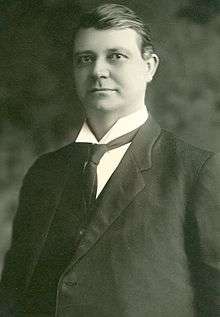 Claude Kitchin Claude Kitchin |
Democratic | March 4, 1901 – May 31, 1923 | Died | ||
| Vacant | June 1, 1923 – November 5, 1923 | ||||
 John H. Kerr John H. Kerr |
Democratic | November 6, 1923 – January 3, 1953 | Lost renomination | ||
 L. H. Fountain L. H. Fountain |
Democratic | January 3, 1953 – January 3, 1983 | Retired | ||
 Tim Valentine Tim Valentine |
Democratic | January 3, 1983 – January 3, 1995 | Retired | ||
 David Funderburk David Funderburk |
Republican | January 3, 1995 – January 3, 1997 | Lost re-election | ||
 Bob Etheridge Bob Etheridge |
Democratic | January 3, 1997 – January 3, 2011 | Lillington | Lost re-election | |
 Renee Ellmers Renee Ellmers |
Republican | January 3, 2011 – January 3, 2017 | Dunn | Lost renomination | |
 George Holding George Holding |
Republican | January 3, 2017 – | Raleigh | ||
Historical district boundaries
See also
References
- ↑ "Partisan Voting Index Districts of the 113th Congress: 2004 & 2008" (PDF). The Cook Political Report. 2012. Retrieved 2013-01-10.
- ↑ Black Americans in Congress
- ↑ Eric Anderson, Race and Politics in North Carolina, 1872-1901: The Black Second
- ↑ NCpedia: Disfranchisement
- Martis, Kenneth C. (1989). The Historical Atlas of Political Parties in the United States Congress. New York: Macmillan Publishing Company.
- Martis, Kenneth C. (1982). The Historical Atlas of United States Congressional Districts. New York: Macmillan Publishing Company.
- Congressional Biographical Directory of the United States 1774–present
External links
Coordinates: 35°26′47″N 79°17′52″W / 35.44639°N 79.29778°W